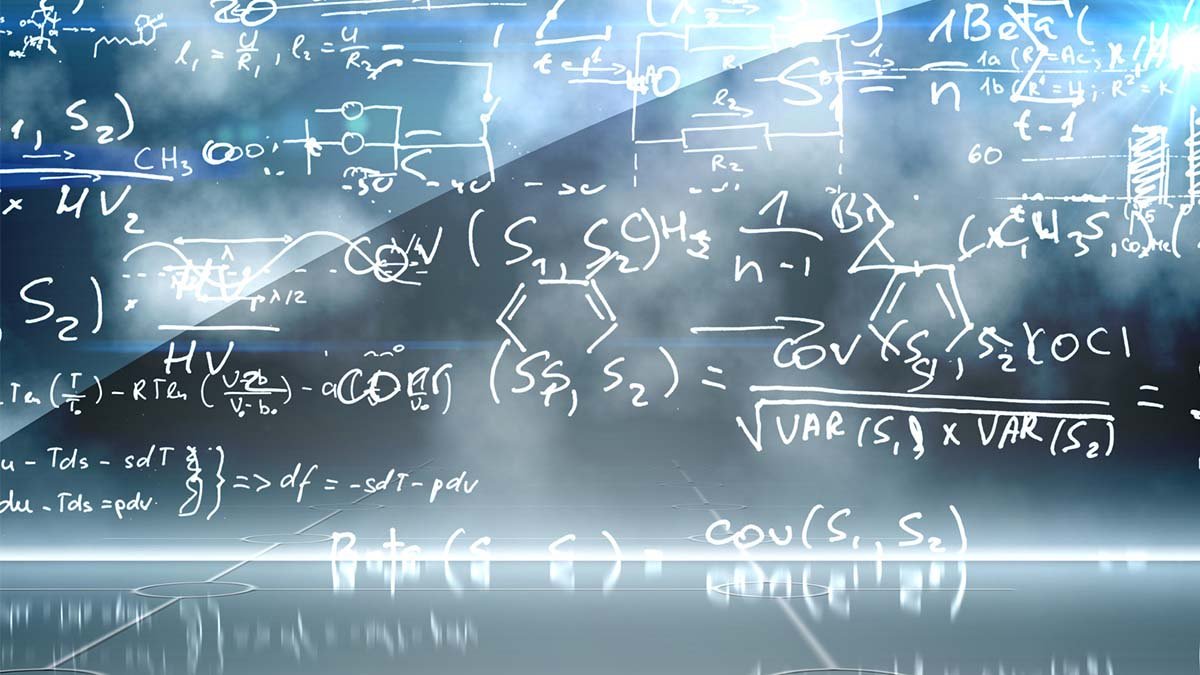In calculus, derivative problems are solved in two ways, one for the simple function and the other for the equation. These two methods are explicit differentiation and implicit differentiation used to find the derivative of the simple function and derivative of the equations.
Both are the types of derivatives used frequently in calculus for the solution of many complex derivative problems. In this article, we will learn about explicit differentiation and implicit differentiation with a lot of examples to understand how to calculate derivative problems.
What are implicit and explicit differentiation?
Both terms are used in derivatives for finding the solutions to derivative problems. The method used to find the problems for y = f(x) is known as explicit differentiation. For example, y + 9x2 = 3 can be written as y = 3 – 9x2 and should be solved by using explicit differentiation.
While the terms that are written in the form of equation and y cannot be separated to form y = f(x) then we use implicit differentiation. In implicit differentiation, the equations like xy2 = 3 + 2xy – cos(xy) are used. In this type of differentiation, we have to find dy/dx of the given equation.
The rules and formulas of differential can be applied similarly. But in explicit the derivative of y2 must be zero with respect to x.
While in implicit differentiation the derivative of y2 with respect to x must be equal to 2ydy/dx. For the solution of explicit differentiation and implicit differentiation, you must be familiar with the general rule and formulas of differentiation.
How do solve the derivative problem?
For the solution of the derivative problems by using its types, let us take some examples.
Example 1: For Explicit differentiation.
Find the derivative of the given function with respect to x, x3 + 17x2 – 19y + sin(x) * 13x?
Solution
Step 1: Take the given function.
f(x) = x3 + 17x2 – 19y + sin(x) * 13x
Step 2: Apply d/dx on the above function.
d/dx f(x) = d/dx [x3 + 17x2 – 19y + sin(x) * 13x]
Step 3: Now apply the sum, difference, and product rules.
d/dx f(x) = d/dx [x3] + d/dx [17x2] – d/dx [19y] + d/dx [sin(x) * 13x]
d/dx f(x) = d/dx [x3] + d/dx [17x2] – d/dx [19y] + sin(x) d/dx [13x] + 13x d/dx [sin(x)]
Step 4: Now apply power rule, constant rule, and trigonometric rule on the above equation.
d/dx f(x) = d/dx [x3] + d/dx [17x2] – d/dx [19y] + sin(x) d/dx [13x] + 13x d/dx [sin(x)]
d/dx f(x) = (3x3-1) + (17 x 2) x2-1 – (19(0)) + sin(x) (13x1-1) + 13x (cos(x))
d/dx f(x) = 3x2 + 34x – 0 + sin(x) (13(1)) + 13x cos(x)
d/dx f(x) = 3x2 + 34x + 13sin(x) + 13x cos(x)
d/dx f(x) = x [3x + 34] + 13[sin(x) + xcos(x)]
The above example of explicit differentiation can also be solved by using a derivative calculator.
Example 2: For implicit differentiation
Find the derivative of the given function with respect to x, x2y2 + 17x2 – 19y3 = 23x5 / 3x + 17+ y?
Solution
Step 1: Take the given function.
x2y2 + 17x2 – 19y3 = 23x5 / 3x + 17 + y
Step 2: Apply derivative notation on both side in the above function.
d/dx [x2y2 + 17x2 – 19y3] = d/dx [23x5 / 3x + 17 + y]
Step 3: Now apply the sum, difference, product, and quotient rules.
d/dx [x2y2] + d/dx [17x2] – d/dx [19y3] = d/dx [23x5 / 3x] + d/dx [17] + d/dx [y]
x2 d/dx [y2] + y2 d/dx [x2] + d/dx [17x2] – d/dx [19y3] = 1/(3x)2 [3x * d/dx [23x5] – 23x5 d/dx (3x)] + d/dx [17] + d/dx [y]
Step 4: Now apply power rule and constant rule on the above equation.
x2 (2y2-1) dy/dx + y2 (2x2-1) + (17 * 2) x2-1 – (19 * 3) y3-1 dy/dx = 1/(3x)2 [3x * (23 * 5) x5-1 – 23x5 (3x1-1)] + 0 + dy/dx
x2 (2y) dy/dx + y2 (2x) + 34x – 57y2 dy/dx = 1/9x2 [3x * 115x4 – 23x5 (3(1))] + 0 + dy/dx
2x2y dy/dx + 2xy2 + 34x – 57y2 dy/dx = 1/9x2 [345x5 – 69x5] + dy/dx
2x2y dy/dx + 2xy2 + 34x – 57y2 dy/dx = 1/9x2 [276x5] + dy/dx
2x2y dy/dx + 2xy2 + 34x – 57y2 dy/dx = 92x3/3 + dy/dx
Step 5: Take the dy/dx term on one side and take it as common.
2x2y dy/dx– 57y2 dy/dx – dy/dx = 92x3/3 – 2xy2 – 34x
(2x2y – 57y2 – 1) dy/dx = 92x3/3 – 2xy2 – 34x
dy/dx = (92x3/3 – 2xy2 – 34x) / (2x2y – 57y2 – 1)
Example 3
Find the derivative of the given function with respect to x, x3y + 7x2y – y2 = x5 * 19y + 34?
Solution
Step 1: Take the given function.
x3y + 7x2y – y2 = x5 * 19y + 34 + x
Step 2: Apply derivative notation on both side in the above function.
d/dx [x3y + 7x2y – y2] = d/dx [x5 * 19y + 34 + x]
Step 3: Now apply the sum, difference, and product rules.
d/dx [x3y] + d/dx [7x2y] – d/dx [y2] = d/dx [x5 * 19y] + d/dx [34] + d/dx [x]
x3 d/dx [y] + y d/dx [x3] + 7x2 d/dx [y] + y d/dx [7x2] – d/dx [y2] = 19y d/dx [x5] + x5 d/dx [19y] + d/dx [34] + d/dx [x]
Step 4: Now apply power rule and constant rule on the above equation.
x3 dy/dx + y (3x3-1) + 7x2 dy/dx + y (7 * 2) x2-1 – 2ydy/dx = 19y (5x5-1) + x5 19dy/dx + 0 + (x1-1)
x3 dy/dx + y (3x2) + 7x2 dy/dx + y (14x) – 2ydy/dx = 19y (5x4) + x5 19dy/dx + 0 + (x0)
x3 dy/dx + 3x2y + 7x2 dy/dx + 14xy – 2ydy/dx = 95x4y + 19x5 dy/dx + 0 + 1
x3 dy/dx + 3x2y + 7x2 dy/dx + 14xy – 2ydy/dx = 95x4y + 19x5 dy/dx + 1
Step 5: Take the dy/dx term on one side and take it as common.
x3 dy/dx + 7x2 dy/dx– 2ydy/dx – 19x5 dy/dx = 95x4y + 1 – 3x2y – 14xy
(x3 + 7x2 – 2y – 19x5)dy/dx = 95x4y + 1 – 3x2y – 14xy
dy/dx = (95x4y + 1 – 3x2y – 14xy) / (x3 + 7x2 – 2y – 19x5)
Conclusion
Now you can solve any problem of derivative either by explicit or implicit differentiation by following the above examples. Both the concepts used the same rules and formulas. But the calculations of both types are rather different.




